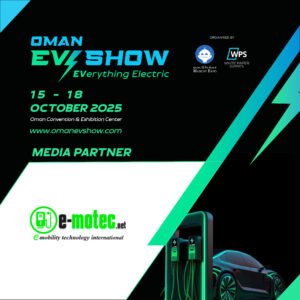e-mobility

Collaboration – a powerful enabler of innovation

The growth in the electric vehicle (EV) market is undoubtedly gaining pace, with some commentators predicting that there will be 559 million EVs on the road by 2040 and 55% of all new car sales and 33% of the global fleet will be electric*. While we are still away from hitting these ambitious figures, we are seeing good progress towards creating a more sustainable transport solution. ABB is witnessing surging demand for public and private EV charging solutions, having sold more than 10,500 DC fast chargers across 73 countries. We are also supporting stakeholders across the globe to establish electric bus services to reduce our impact on the environment. If we are to deliver this clear vision for a sustainable, emission-free future, we need to continually innovate and develop new solutions to satisfy this increasing demand. We have a strong Research & Development (R&D) culture, that is continually advancing pioneering technologies in the field of electric mobility. We were one of the founders of both the CHAdeMO and CCS alliance charging standards, we launched our first DC fast charger in 2010, the first nationwide DC charging networks in 2012 and the first eBus charging networks in Europe in 2016. We believe there are three key disruptions aligned to the delivery of sustainable transportation for the future. Firstly, we need to see continued investment in the sector, both in the development of battery technology by vehicle Original Equipment Manufacturers (OEMs) to enable greater range and cost efficiencies, but critically in the development of a widespread charging infrastructure network to satisfy growing demand. In many markets, the current reality paints a different picture. When we look at the United States for example, while 200,000 EVs were sold in 2017, the country’s charging infrastructure is still ‘lagging behind’, with consumers lacking confidence and ‘range anxiety’ being a major barrier to electric vehicle adoption. In response, we are proud to be collaborating with Electrify America to create the largest network of fast charging stations the country has seen. Secondly, we must focus on standardization and operability. The automotive industry only needs to look at the electric public transport sector to see that adoption rates are significantly increased as the number of charging standards decrease. If we want to create positive change for the future, now is the time to replicate this for passenger vehicles, which will need a truly collaborative approach. Thirdly, we need to accept that we have to evolve our energy ecosystem to enable an emission-free future. A reliable power infrastructure with low maintenance costs is key for modern cities to address peaks in demand effectively. That’s why enabling safe, flexible and smart electrical networks is of crucial importance. The integration of energy resources, the installation of smarter home technologies linked to private EV charging and the adoption of EVs with expanded battery capabilities, could in the future turn homes around the world into self-sufficient grids. Car batteries could be used to not only store energy, but that energy could also be sold back to the grid, enabling residential and commercial communities to become active participants in the energy revolution. Future Proofing with High-power Charging Solutions Currently, the pace of change, both in commercial and consumer markets, is being driven by the need for faster and higher power charging. The sector is however faced by one key challenge, the capacity of current EV batteries. At the moment, DC charging is still too powerful for most consumer vehicles, but all that may be about to change with the launch of the first consumer car capable of taking this power, the Porsche Taycan, later this year. While current EV batteries don’t have the capacity to store the level of charge available from a high-power charger, technology like our Terra HP charger, serve as a future proof solution which will support the development of next generation of EVs. Capable of delivering 350Kw of power, it can add 200 km of range to an EV in a time frame not much longer than refuelling a traditional gas engine vehicle (8 minutes). Meanwhile, for buses and trucks, the industry is currently limited to a maximum charge of 600kW. We are confident that there is potential for evolution here too, with 1MW charging on the horizon. Our $10million investment in a new R&D Center, due to launch this June, includes facilities for expanding our capabilities in the rapidly expanding eBus segment and will see us continuing to evolve pioneering solutions in this field. The Power of Collaboration Hand in hand with technological progress, comes the need for greater collaboration, which is a powerful enabler of innovation within the EV field. Working with other high-profile players allows us to push the boundaries of technology and develop new solutions. With the sector evolving at such a rapid rate, this need for collaboration is greater than ever. We continue to work closely with OEMs and charge point operators to ensure technology not only meets but exceeds current needs to facilitate future growth. For example, ABB in conjunction with Nanyang Technological University (NTU), the Land Transport Authority and Volvo Buses, has just launched the world’s first 12-metre fully electric autonomous passenger bus in Singapore. This flagship project aims to prove that it is possible to provide fixed route and scheduled services powered by emission-free vehicles and demonstrates the fantastic advances which can be made in public transportation when these two pioneering technologies come together. Driving Innovation Taking the art of the possible one step further, we need to continually push the boundaries of what e-mobility technology can deliver. The ABB FIA Formula E Championship series is a fantastic example. It provides a powerful platform to test mobility electrification and digitalization technologies, while showcasing the potential to a much wider audience. Latest Formula E cars are now capable of doing 0 to 100 km/h in 2.8 seconds with a maximum speed of 280 km/h, thanks largely to significant gains in battery efficiency. The battery fitted to the new Gen2 racecars is heavier





